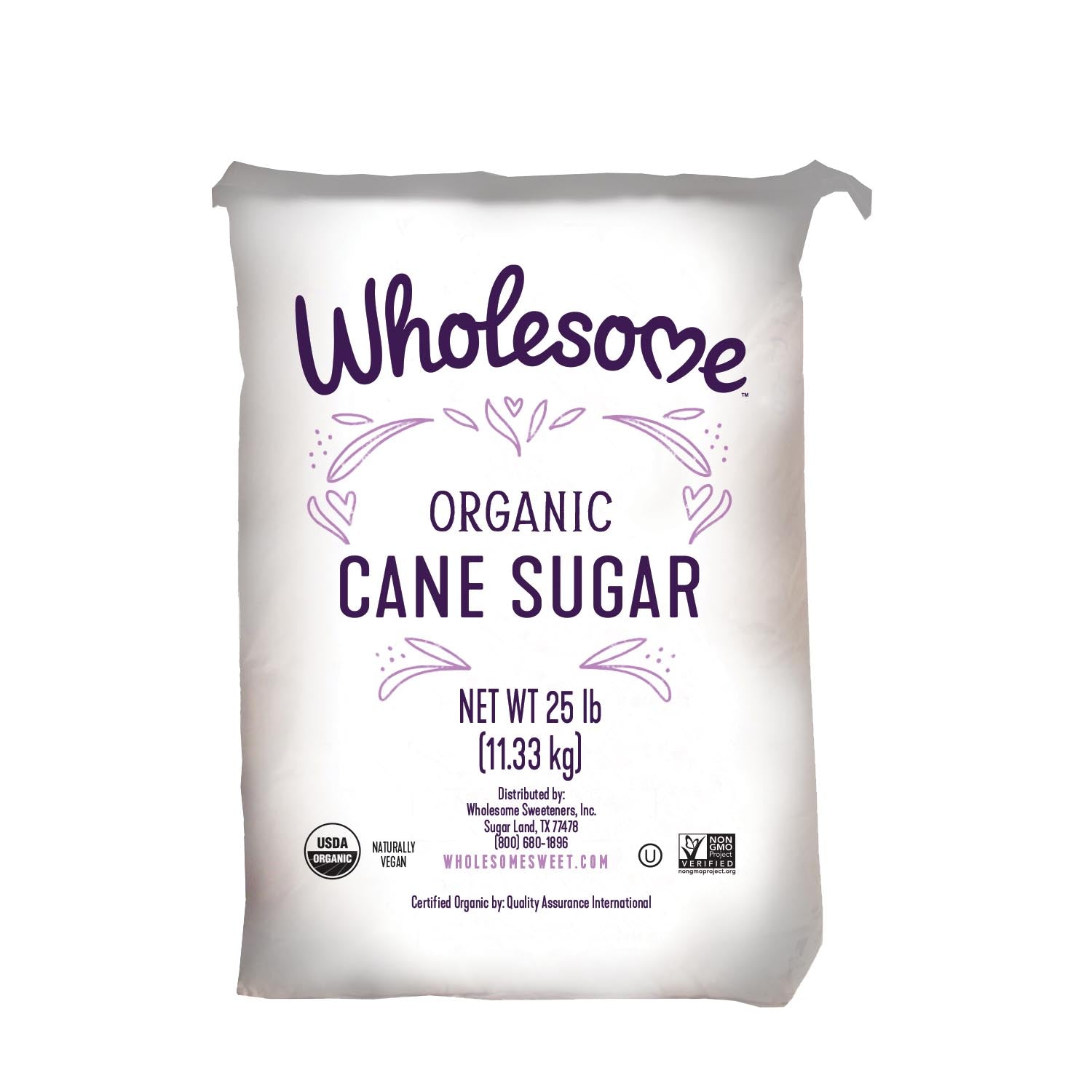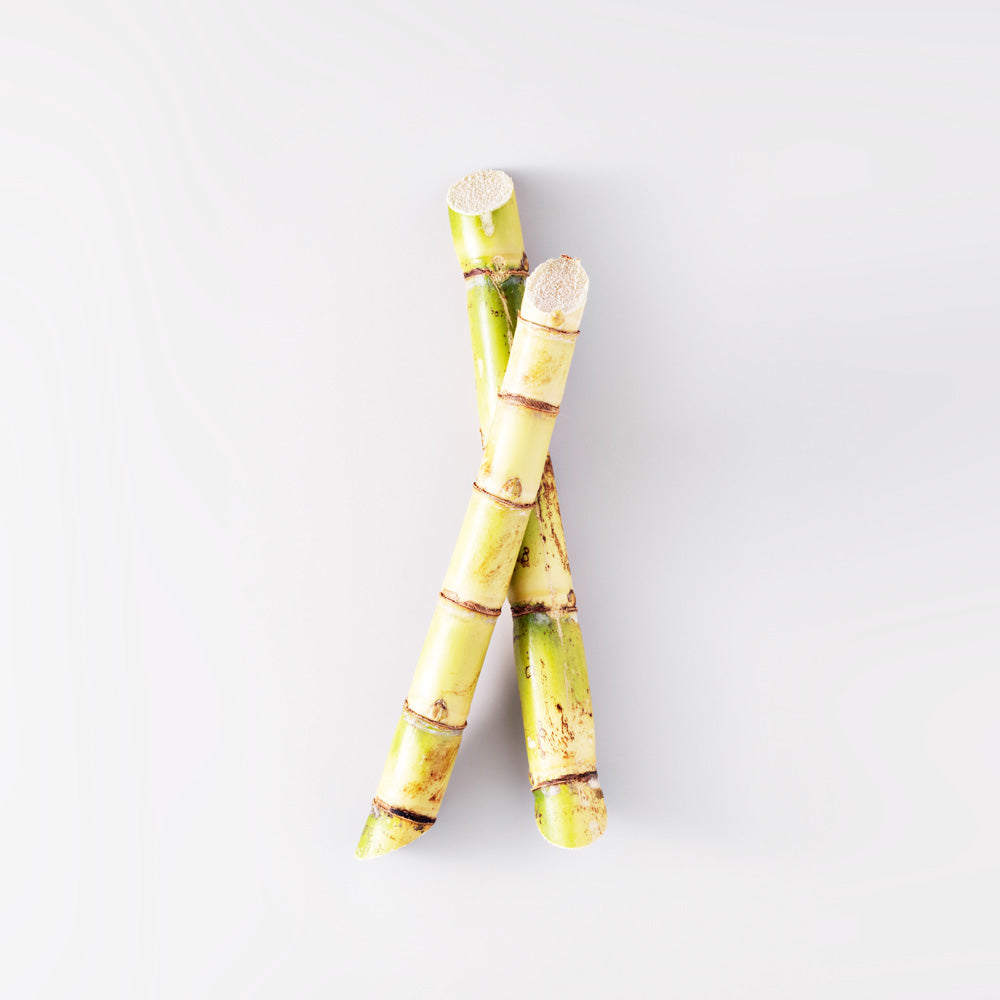Advanced Cane Sugar Processing: Enhancing Performance and Sustainability
Advanced Cane Sugar Processing: Enhancing Performance and Sustainability
Blog Article
Discovering the Comprehensive Steps Associated With Walking Cane Sugar Handling From Gathering to Refinement
The process of walking cane sugar manufacturing includes a series of detailed steps, starting with the mindful harvesting of sugarcane and culminating in the refinement stages that ensure the end product satisfies market standards. Each stage, from the extraction of juice to the purification and crystallization processes, plays a critical duty in establishing the quality and character of the sugar. Comprehending these stages not only highlights the intricacy of sugar manufacturing but also elevates essential concerns regarding effectiveness, sustainability, and development in the sector. What implications do these aspects have for future practices?
Harvesting Sugarcane
Gathering sugarcane is a crucial action in the walking cane sugar processing chain, as it directly affects the quality and return of the last product. Correct timing and methods are necessary throughout this phase to ensure optimum sugar material and minimize losses. Typically, sugarcane is gathered when it gets to maturity, normally 12 to 18 months after planting, characterized by a high sucrose focus.

Post-harvest, the sugarcane has to be refined promptly to avoid sucrose destruction. Preferably, collected cane should be transferred to processing centers within 24-hour to preserve sugar quality. As a result, effective logistical planning is essential to maintain the stability of the gathered crop throughout the supply chain.
Removal Refine
:max_bytes(150000):strip_icc()/what-is-cane-sugar-5200549-hero-02-b1985b1d539645fb9a038b9c3e73f681.jpg)
The crushed cane is subjected to a series of pressing operations to optimize juice recovery. Commonly, hot water is sprayed onto the smashed walking stick, producing a countercurrent flow that aids dissolve the sugar while also assisting in the extraction process. The juice accumulated from this procedure includes not only sugar yet likewise various natural substances and pollutants.

To improve removal performance, some facilities may utilize diffusion techniques, where the sugarcane is saturated in warm water, permitting the soluble sugars to diffuse right into the fluid. The resulting juice, abundant in sucrose, is after that guided to succeeding handling stages, laying the foundation for filtration and refinement. The extraction process is therefore critical in identifying the high quality and yield of the final sugar item.
Filtration Techniques
The purification techniques employed in cane sugar handling are important for transforming the raw juice right into a premium sugar product. These methods primarily intend to get rid of contaminations, such as soil, plant materials, and not natural materials, which can negatively impact the final item's taste and shade.
This procedure involves adding lime and heat to the raw juice, which facilitates the coagulation of contaminations. Furthermore, the use of phosphoric acid can boost the information procedure by additional binding impurities.
An additional considerable technique is carbonatation, where co2 is introduced to the clarified juice. This response creates calcium carbonate, which captures continuing to be impurities and promotes their removal.
In addition, triggered carbon therapy may be used to adsorb any type of remaining colorants and organic contaminations, making sure a more polished item. The combination of these approaches successfully prepares the sugar juice for subsequent action in the refining process, setting the phase for the production of high-quality walking cane sugar.
Crystallization Techniques
After the filtration phase, the next critical step in walking cane sugar processing includes formation methods, which helpful site play a critical function in changing the made clear juice right into solid sugar. This procedure normally utilizes two main approaches: spontaneous formation and controlled condensation.
In spontaneous formation, supersaturated sugar remedies are permitted to cool down naturally, leading to the formation of sugar crystals over time. This method allows for the consistent development of sugar crystals and greater pureness.
During more info here condensation, the clarified juice is concentrated via dissipation, increasing its sugar material up until it reaches supersaturation. As soon as this factor is accomplished, either technique can help with the condensation process. Cane Sugar Processing. The resultant sugar crystals are then divided from the continuing to be syrup with centrifugation
Eventually, the option of formation approach impacts the high quality, size, and purity of the last sugar product, making this action important in the overall walking cane sugar processing procedure.
Improvement and Packaging
Just how can the purity and high quality of walking stick sugar be better improved after crystallization? The improvement procedure plays an important role in attaining top notch walking stick sugar. Adhering to condensation, sugar undergoes a comprehensive cleaning to eliminate contaminations and residual molasses. This is typically achieved making use of cozy water or steam, which aids dissolve and draw out unwanted components while preserving the sugar crystals.
Next, the sugar undergoes a process called centrifugation, where it is spun at broadband to separate the detoxified sugar crystals from the remaining liquid. After centrifugation, the sugar is often additional improved through a technique called carbonization or phosphatation, which makes use of activated carbon or phosphoric acid to click over here now get rid of shade and off-flavors.
Once refined, the sugar is dried out to attain the desired moisture material, ensuring that it continues to be secure during storage and transport. The last step includes product packaging the polished sugar in moisture-proof and impermeable containers to maintain its quality and stop contamination. Cane Sugar Processing. Correct product packaging not just prolongs life span but also promotes easy handling and distribution, making certain that consumers receive sugar that meets the highest standards of purity and quality
Final Thought
The thorough steps associated with walking stick sugar processing, from the precise harvesting of sugarcane to the intricate refinement and packaging stages, emphasize the relevance of each stage in making certain premium sugar production. Ideal harvesting techniques, efficient removal approaches, and extensive purification processes jointly add to the final product's purity and security. The formation and subsequent product packaging methods even more enhance the integrity and rack life of the sugar, highlighting the complexity and precision inherent in this essential farming market.
The process of cane sugar manufacturing includes a series of detailed steps, beginning with the mindful harvesting of sugarcane and culminating in the refinement phases that make sure the final item satisfies market standards. Preferably, gathered cane should be carried to processing centers within 24 hours to maintain sugar top quality.In spontaneous formation, supersaturated sugar options are allowed to cool down normally, leading to the formation of sugar crystals over time - Cane Sugar Processing. The improvement procedure plays a crucial function in achieving high-grade walking stick sugar.The comprehensive steps involved in walking cane sugar processing, from the thorough harvesting of sugarcane to the elaborate improvement and packaging phases, emphasize the value of each phase in making sure top quality sugar manufacturing
Report this page